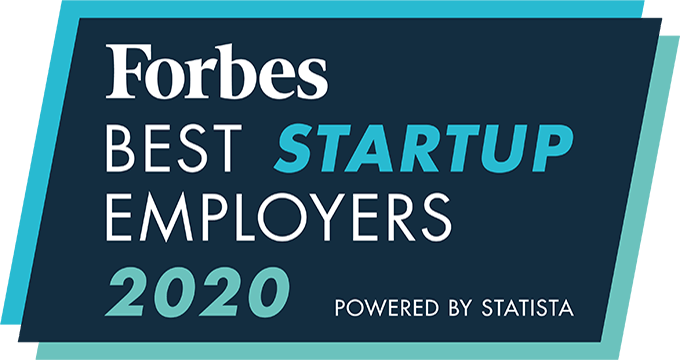Talent pipeline has become a critical element for organizational success. A well-constructed talent pipeline not only ensures a continuous flow of skilled professionals into your company but also contributes significantly to strategic workforce planning. In this blog post, we’ll delve into the art of managing a strategic talent pipeline, exploring the key steps to attract, nurture, and retain top-tier talent.
Understanding the Basics: What is a Talent Pipeline?
Before we dive into the specifics of building a talent pipeline, let’s understand exactly what it is. A talent pipeline is essentially a pool of potential candidates who could fill future key positions within your organization. This is more than basic recruitment; it’s about creating relationships and cultivating a network of individuals who align with your company’s values and goals.
How to Craft a Strong Talent Pipeline
1. Lay the Foundation by Identifying Organizational Needs
The first step in building a talent pipeline is understanding the current and future needs of your organization. What skills and expertise will be crucial down the line? Conduct a thorough analysis of your company’s strategic objectives and identify the gaps in your current workforce. This foresight allows you to target specific skill sets and positions during the talent acquisition process.
2. Craft an Engaging Employer Brand
Think of your employer brand as the beacon that attracts top talent. What makes your organization unique? What values do you uphold? Communicate this through your branding to create a compelling narrative that resonates with potential candidates. Leverage social media, company websites, and employee testimonials to showcase your workplace culture and values authentically.
3. Utilize a Multi-Channel Approach for Talent Sourcing
Building a talent pipeline involves casting a wide net. Don’t limit yourself to traditional recruitment methods. Leverage various channels such as social media platforms, industry events, and professional networks to connect with potential candidates. Actively participate in online forums and discussions related to your industry to establish your company as an authority and attract talent organically.
4. Engage With Passive Candidates
The most valuable candidates are not always actively seeking new opportunities. Engage with passive candidates by maintaining a strong online presence and fostering relationships over time. Regularly share industry insights, company updates, and success stories to keep your organization on their radar. This proactive approach ensures that when the time comes, these passive candidates are more likely to consider your company as their next career move.
5. Leverage Technology: Applicant Tracking Systems
In the digital age, technology plays a pivotal role in managing a talent pipeline efficiently. Implementing an Applicant Tracking System streamlines the recruitment process by automating tasks such as resume screening and candidate communication. This not only saves time but also allows your team to focus on building meaningful connections with potential candidates.
6. Measure Pipeline Success With KPIs
To ensure the effectiveness of your talent pipeline, establish measurable Key Performance Indicators (KPIs). Track metrics such as time-to-fill, quality of hire, and retention rates to gauge the success of your talent acquisition efforts. Regularly assess and adjust your strategies based on these insights to continually optimize your talent pipeline.
Nurturing Success: Crafting an Ever-Adapting Talent Pipeline
Building a talent pipeline is an ongoing process that demands adaptability and foresight. By identifying organizational needs, crafting a compelling employer brand, and utilizing diverse channels for talent sourcing, you can create a robust talent pipeline that propels your organization toward sustained success. By adopting a dynamic approach to talent management, organizations can ensure a continuous influx of skilled professionals who contribute to sustained growth and success.
FAQs
1. How long does it take to see results from a talent pipeline?
The timeline varies, but building a successful talent pipeline is a long-term investment. Initial results may be seen within a few months, but the true impact becomes evident over time as relationships are nurtured and candidates move through the hiring process.
2. Is a talent pipeline only for large corporations?
No, businesses of all sizes can benefit from a talent pipeline. Small and medium-sized enterprises can create a targeted pipeline to address specific skill gaps and position themselves competitively in the talent market.
3. How often should a talent pipeline be reviewed and updated?
Regular reviews are essential. Ideally, assess your talent pipeline quarterly to ensure it aligns with evolving organizational needs and industry trends.
4. What role does employee retention play in talent pipeline management?
Employee retention is integral to talent pipeline success. A focus on retaining existing talent reduces the constant need for external recruitment and promotes a positive company culture.
5. Can a talent pipeline be created for remote or global teams?
Absolutely. In today’s digital age, talent pipelines can be crafted to accommodate remote or global teams. Utilize virtual communication channels and online platforms to connect with talent worldwide.









